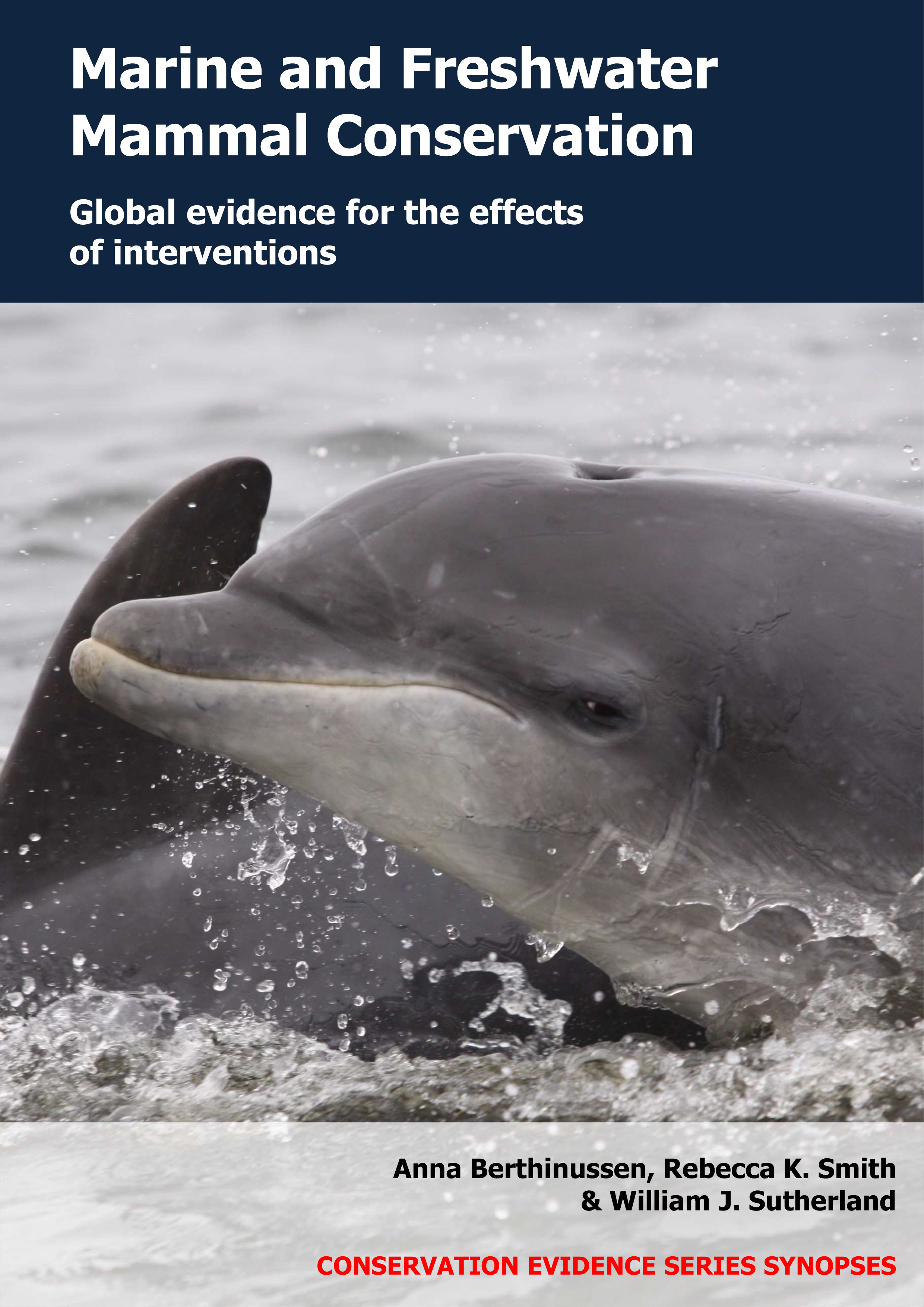Establish ‘move-on rules’ for fishing vessels if mammals are encountered
-
Overall effectiveness category Unknown effectiveness (limited evidence)
-
Number of studies: 1
View assessment score
Hide assessment score
How is the evidence assessed?
-
Effectiveness
70% -
Certainty
27% -
Harms
0%
Study locations
Supporting evidence from individual studies
A before-and-after study in 2004–2006 of a pelagic area in the Great Australian Bight, Australia (Hamer et al. 2008) found that introducing measures to delay or relocate fishing if dolphins were encountered, along with releasing dolphins trapped in nets, resulted in fewer short-beaked common dolphins Delphinus delphis being encircled and killed. The study did not distinguish between the effects of delaying/relocating fishing and releasing dolphins. Encirclement and mortality rates of dolphins in purse-seine nets were lower after the measures were put in place (0.2 dolphins encircled/net; 0.01 dolphins killed/net) than before (1.8 dolphins encircled/net; 0.4 dolphins killed/net). The measures were introduced to a sardine Sardinops sagax fishery in September 2005. At least one crew member/vessel was required to observe for dolphins. Fishing was delayed or relocated if dolphins were encountered. Release procedures included opening the net or a dolphin gate within the net, using weights to submerge the float line, physical removal of dolphins or stopping fishing. An independent observer recorded dolphin encirclements and deaths during 49 fishing events by eight vessels in November–June 2004/2005 (before the measures) and 89 fishing events by 12 vessels in November–June 2005/2006 (after).
Study and other actions tested
Where has this evidence come from?
List of journals searched by synopsis
All the journals searched for all synopses
This Action forms part of the Action Synopsis:
Marine and Freshwater Mammal Conservation
Marine and Freshwater Mammal Conservation - Published 2021
Marine and Freshwater Mammal Synopsis





)_2023.JPG)














